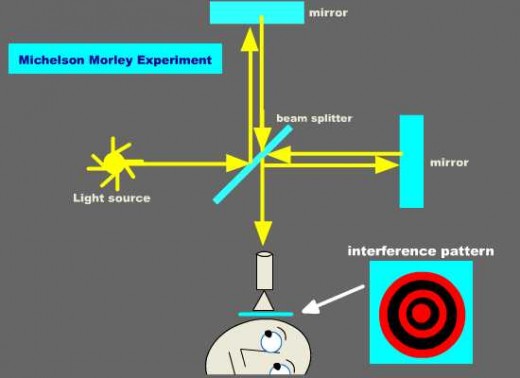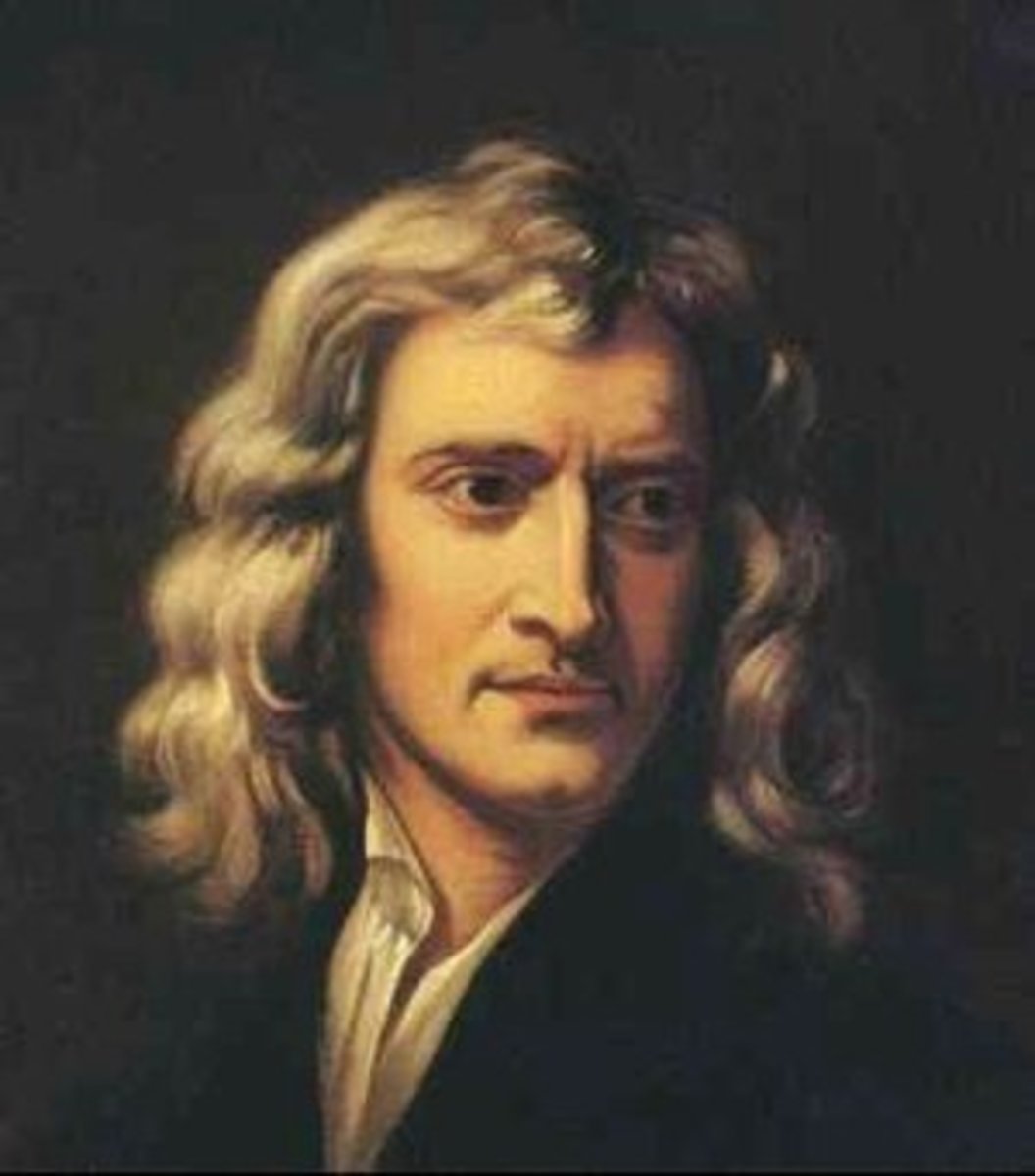The Most Famous Failed Experiment

Failure
In 1887 an experiment was performed by two men, Albert Michelson and Edward Morley in Cleveland, Ohio. The experiment provided very strong evidence to support the belief that light did not require a medium in which to travel.
The two men were certain that they would prove the opposite but from their standpoint they failed.
Testing Ideas for Truth
When an alarm clock is set off in a bell jar and the air gradually sucked out, the sound of the alarm gradually diminishes. When the air is gradually allowed back into the jar, the alarm can be heard again. This shows that sound waves need a medium to travel in.
When a lighted candle is placed in the bell jar and the air is sucked out, the flame diminishes and eventually goes out which some observers may have taken to mean that light also needs a vacuum to travel in. Since we now know that the flame requires oxygen to burn then the flame going out would not be conclusive evidence to suggest that light needs a medium to travel though. When a battery operated torch is then placed in a bell jar which is then evacuated of all its air we can still see the light. This would suggest that light waves do not require a medium to travel.
But what if there is a medium for light but we just can't detect it? This was an idea put forward and this special medium was called the aether.
Albert Michelson and Edward Morley set out to prove that such a medium for light did in fact exist and they used an instrument called an interferometer to do it.
The Basis for the Idea
To explain simply the principle on which it worked I would like you to imagine what happens when a boat travels on a river.
Water would be seen as the medium for the boat but the water itself moves and this movement is called the current. The current is is going to affect the speed of the boat. When the boat is moving with the current it will move faster than it would going against the current, this is common sense and what Michelson and Morley used to investigate the existence of a medium for light.
They deduced that the movement of earth travelling through an aether would cause a current which would affect the speed of light travelling depending if it was travelling with it or against it as in the case of the boat travelling through a river.
Michelson-Morley Experiment
They came up with an ingenious plan which involved splitting a beam of light so that each half would travel at right angles to the other for a fixed distance and reflected back so the beams would join up again and the interference pattern produced when the beams combined could then be observed.
If an aether existed then they would have observed a shift in the position of the interference fringes due to one of the beams being slower than the other as it went against the aether current.
No such shift was observed no matter what way the interferometer was aligned. Michelson-Morley were devastated.
Their experiment had failed to prove the existence on an aether but it had succeeded in providing very strong evidence to support the notion that light did not need a medium to travel in. So even failure can be viewed as success depending on your frame of reference.
Never Say Die!
Interesting to note is that Michelson and Morley only rotated the interferometer in the horizontal plane and it wouldn't be for over another 100 years before a German Physicist, Martin Grusenick decided to see, in 2009, what would happen if he rotated the interferometer in the vertical plane.
Grusenick found that there was a shift of 11 to 11.5 fringes in the interference pattern as he rotated through 360°. His results provided strong evidence for the existence of an aether.
Frank Pearse, a Physicist from Texas U.S.A. believes that light does use a medium but that Martin Grusenick had not detected the medium in his experiment. He accounts for Grusenick's results as flaws in the set up and did his own experiment after correcting these flaws and showed that Grusenick was mistaken.
Below are two videos from Youtube one of Grusenick's Experiment to show the existence of the aether and the other of Pearce's explanation of why he thinks Grusenick is mistaken.
Watching both videos will give you feel for the scientific process and all that goes with it.
Integrity
Interesting to note here is that a Physicist who does believe an aether exists went out of his way to check the results of another Physicist who had found evidence to support his belief.
Though science cannot explain everything it provides a wonderful platform for people of the highest integrity to test their ideas and only after rigorous scrutiny is any idea accepted as fact ... for the time being.
Conclusion
In my view the Michelson-Morley Experiment is the closest that science has come to looking for the essence of what we perceive as the Universe.
Call it what you will but I believe there is a screen upon which we are projecting our version of reality.
The way a movie projector projects images on to a screen we are projecting our meaningless thoughts on to the screen we call the world and spend our lives hypnotised by that grand illusion or movie we call life.



